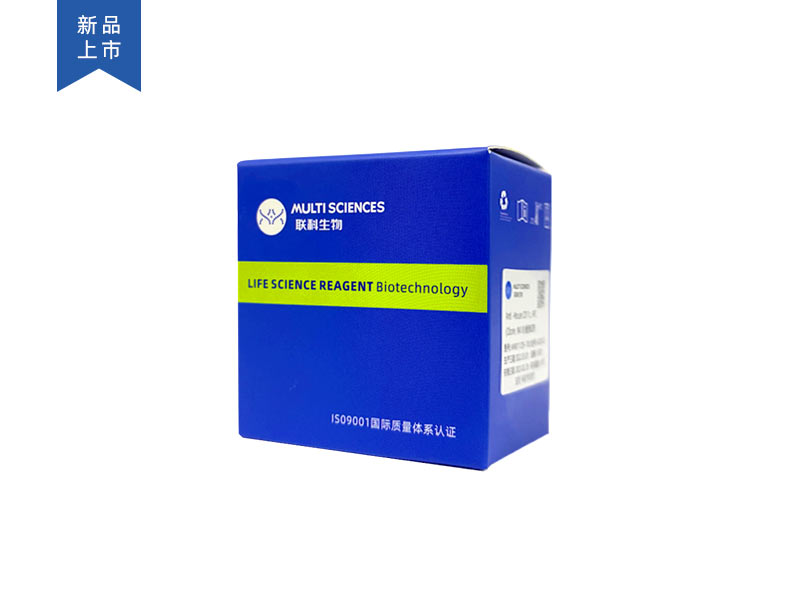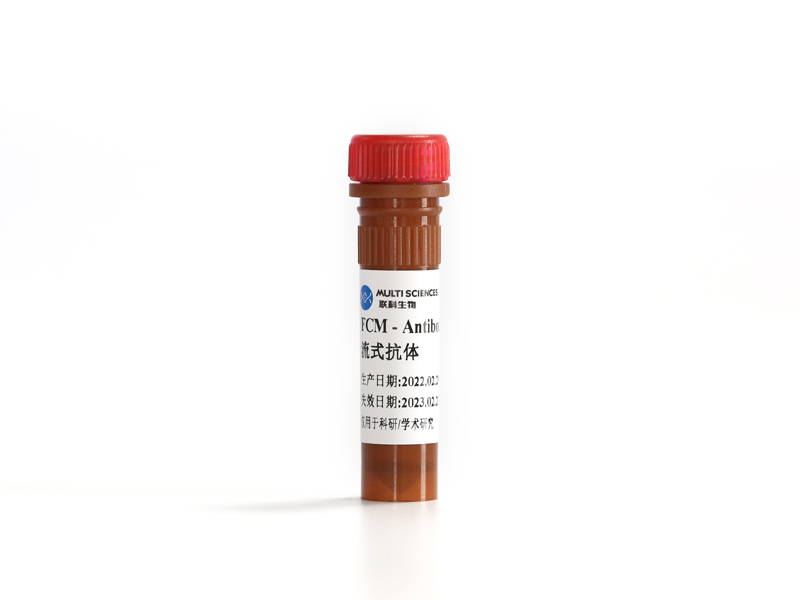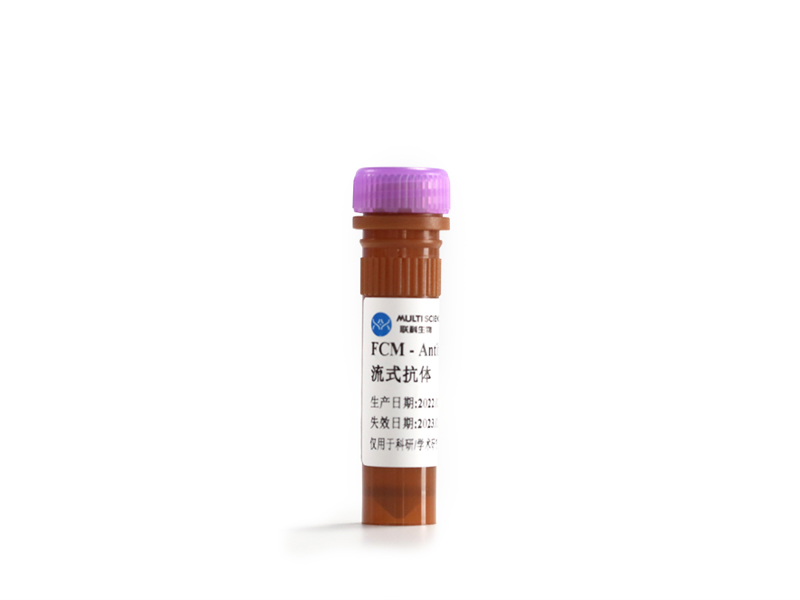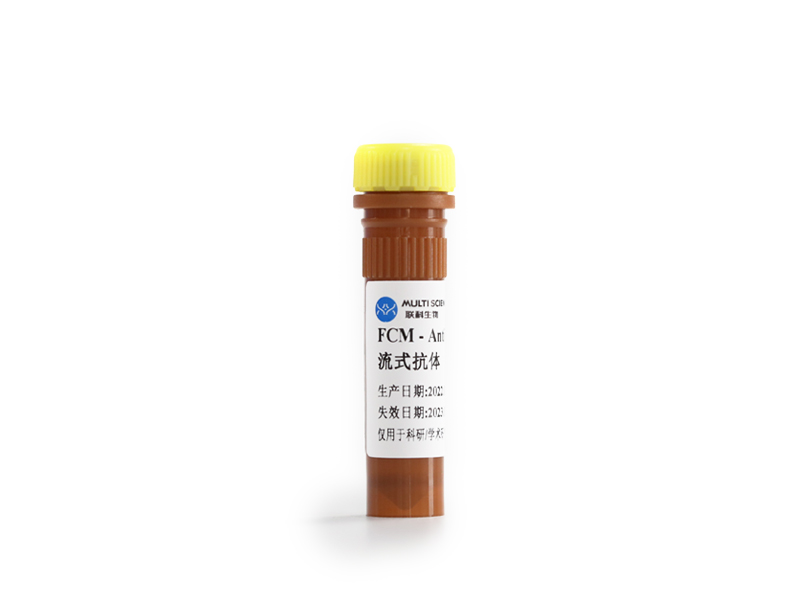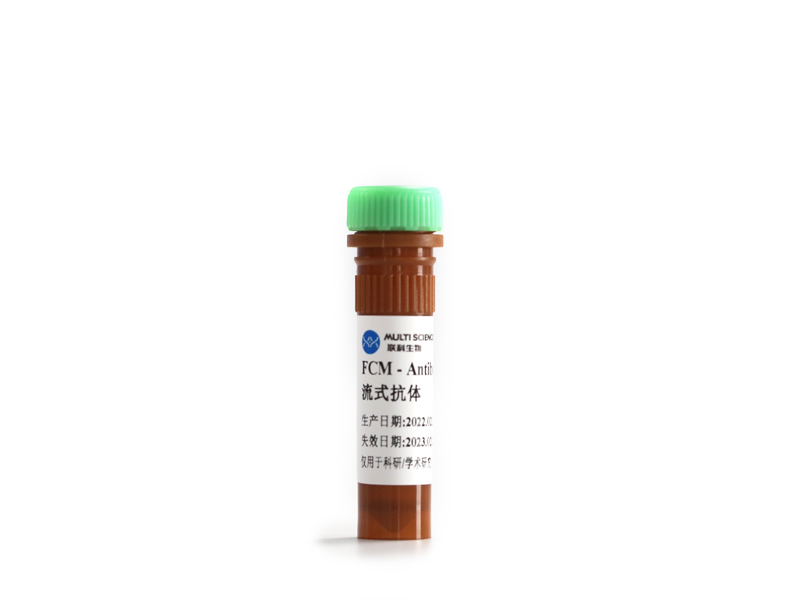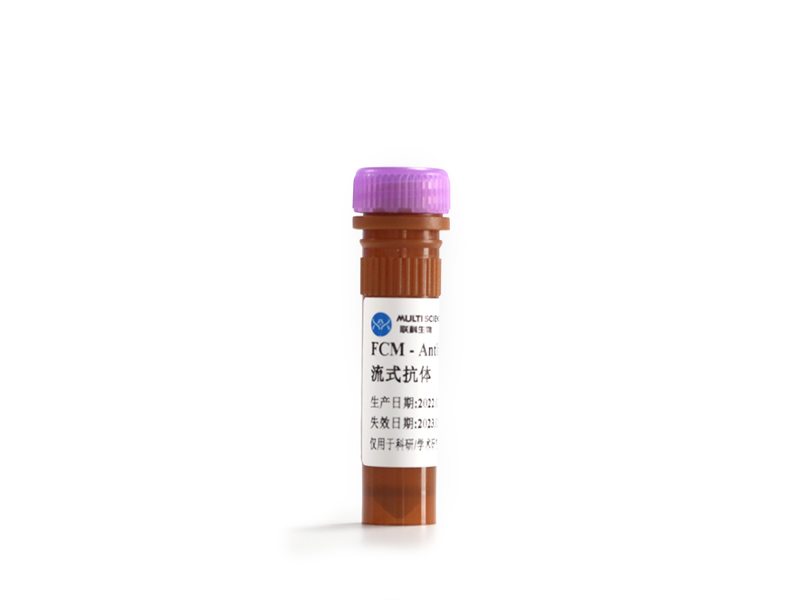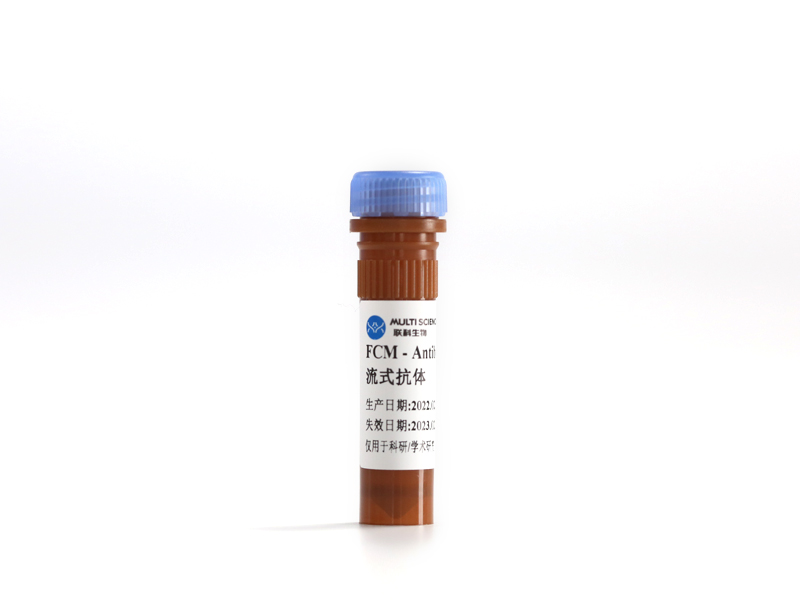Background Duchenne muscular dystrophy (DMD) is an X-linked, incurable, degenerative neuromuscular disease that is exacerbated by secondary inflammation. N6-methyladenosine (m6A), the most common base modification of RNA, has pleiotropic immunomodulatory effects in many diseases. However, the role of m6A modification in the immune microenvironment of DMD remains elusive.Methods Our study retrospectively analyzed the expression data of 56 muscle tissues from DMD patients and 26 from non-muscular dystrophy individuals. Based on single sample gene set enrichment analysis, immune cells infiltration was identified and the result was validated by flow cytometry analysis and immunohistochemical staining. Then, we described the features of genetic variation in 26 m6A regulators and explored their relationship with the immune mircoenvironment of DMD patients through a series of bioinformatical analysis. At last, we determined subtypes of DMD patients by unsupervised clustering analysis and characterized the molecular and immune characteristics in different subgroups.Results DMD patients have a sophisticated immune?microenvironment that is significantly different from non-DMD controls. Numerous m6A regulators were aberrantly expressed in the muscle tissues of DMD and inversely related to most muscle-infiltrating immune cell types and immune response-related signaling pathways. A diagnostic model involving seven m6A regulators was established using LASSO. Furthermore, we determined three m6A modification patterns (cluster A/B/C) with distinct immune microenvironmental characteristics.Conclusion In summary, our study demonstrated that m6A regulators are intimately linked to the immune microenvironment of muscle tissues in DMD. These findings may facilitate a better understanding of the immunomodulatory?mechanisms in DMD and provide novel strategies for the treatment.
文章引用产品列表
-
- F11045A02 2 Citations
- 流式抗体
Anti-Human CD45, PE (Clone:HI30) 流式抗体
- ¥288.00 – ¥616.00
-
- F41011b05 2 Citations
- 流式抗体
Anti-Human/Mouse CD11b, PE-Cy7 (Clone: M1/70) 流式抗体 检测试剂
- ¥480.00 – ¥1,056.00
-
- F11008C04 2 Citations
- 流式抗体
Anti-Human CD8, PerCP-Cy5.5 (Clone:HIT8a) 流式抗体 检测试剂
- ¥1,504.00 – ¥3,264.00
-
- F11004C01 3 Citations
- 流式抗体
Anti-Human CD4, FITC (Clone:HIT4a) 流式抗体 检测试剂
- ¥240.00 – ¥528.00
-
- F11003C06
- 流式抗体
Anti-Human CD3, APC-Cy7 (Clone:HIT3a) 检测试剂
- ¥1,304.00 – ¥2,664.00
-
- F1104502
- 流式抗体
Anti-Human CD45, PE (Clone: 2D1) 流式抗体 (新品)
- ¥504.00 – ¥1,120.00
-
- F11003A06
- 流式抗体
Anti-Human CD3, APC-Cy7 (Clone: SK7) 人 CD3 流式抗体 (新品)
- ¥1,064.00 – ¥2,360.00
-
- F1100306
- 流式抗体
Anti-Human CD3, APC-Cy7 (Clone:OKT3) 人 CD3 流式抗体 (新品)
- ¥1,188.00 – ¥2,640.00
-
- F21480A03 12 Citations
- 流式抗体
Anti-Mouse F4/80, APC (Clone:BM8.1)流式抗体 (新品)
- ¥584.00 – ¥1,280.00
-
- F1100401 3 Citations
- 流式抗体
Anti-Human CD4, FITC (Clone:OKT4) 流式抗体 (新品)
- ¥208.00 – ¥440.00
-
- F11004B01 3 Citations
- 流式抗体
Anti-Human CD4, FITC (Clone:RPA-T4) (新品)
- ¥208.00 – ¥440.00
-
- F2100401 34 Citations
- 流式抗体
Anti-Mouse CD4, FITC (Clone:GK1.5)流式抗体 (新品)
- ¥208.00 – ¥440.00
-
- F3100401 5 Citations
- 流式抗体
Anti-Rat CD4, FITC (Clone:OX35) 流式抗体 (新品)
- ¥584.00 – ¥1,288.00
-
- F11011B05 2 Citations
- 流式抗体
Anti-Human/Mouse CD11b,PE-Cy7 (Clone: M1/70) 流式抗体 (新品)
- ¥480.00 – ¥1,056.00
-
- F2104502 5 Citations
- 流式抗体
Anti-Mouse CD45, PE (Clone:30-F11)流式抗体 (新品)
- ¥240.00 – ¥528.00
-
- F3104502
- 流式抗体
Anti-Rat CD45 (OX1),PE 流式抗体 (新品)
- ¥792.00 – ¥1,760.00

